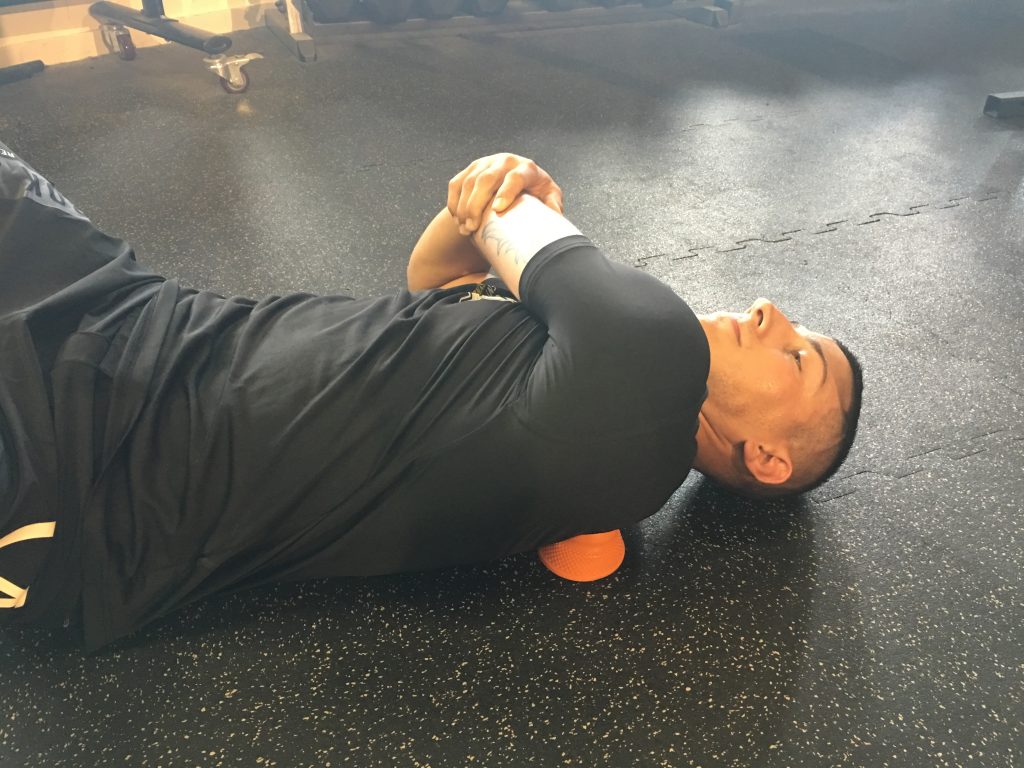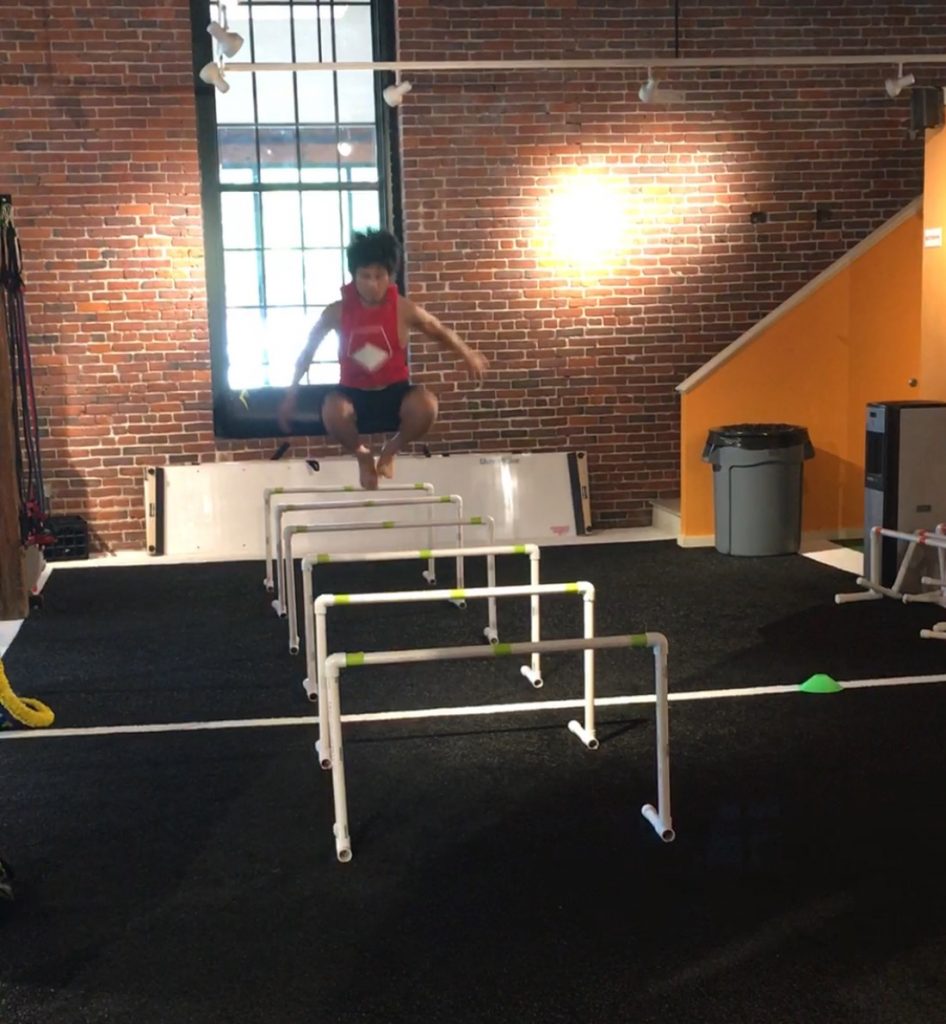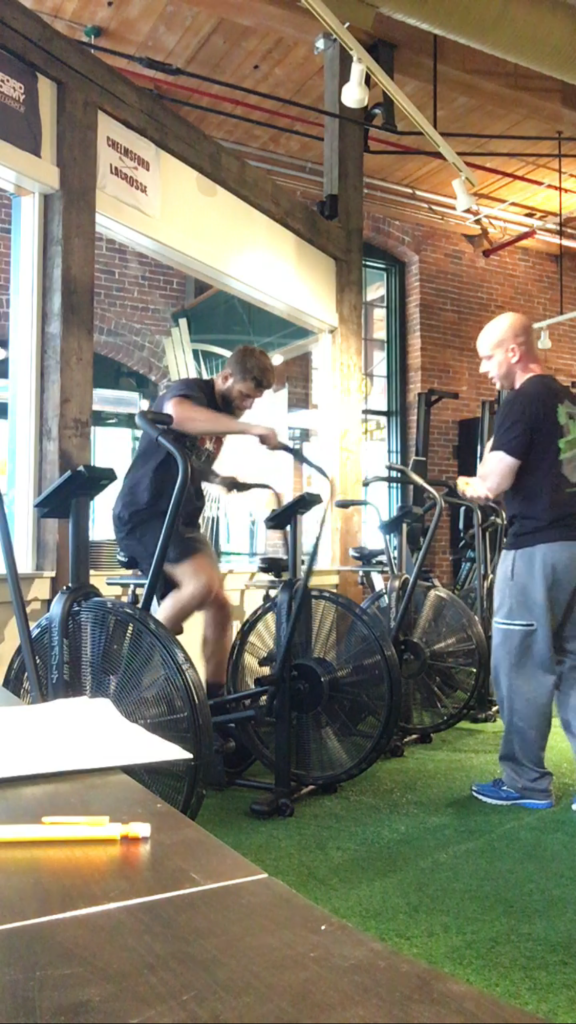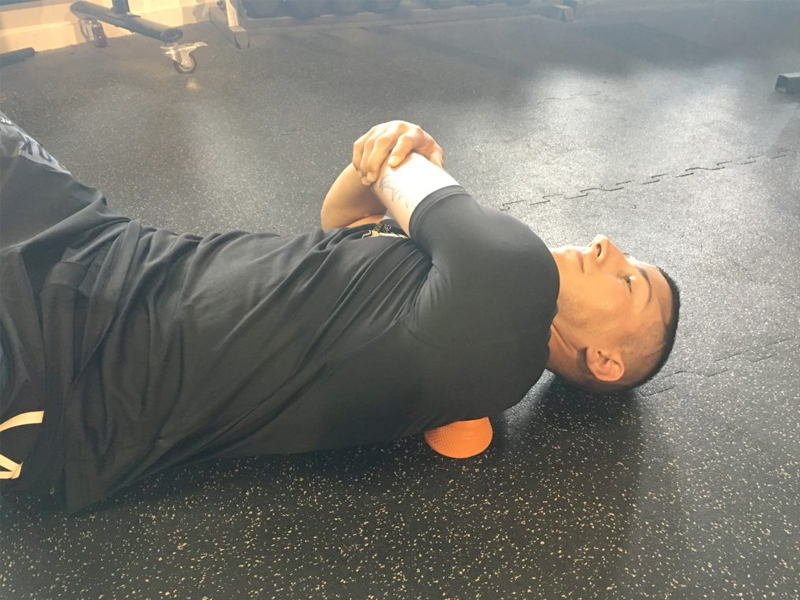Over the last 3+ years, I‘ve trained a number of fighters. If I had to guess, I’d say I’ve helped prepare MMA Fighters for 75+ fights.
I’ve learned a ton along the way and I’m hoping all of these “lessons” I’ve learned will aid other trainers who are just starting to work with combat athletes.
For today, I’ll just name the 5 biggest mistakes I’ve made. Trust me, I’ve made more. But for this blog, I’ll share with you 5 biggies I’ve made with MMA Fighters I’ve trained.
Training MMA Athletes: Lessons Learned
1. Neglecting Roadwork
For most people, traditional aerobic work is boring. I get it, heading outside to run or bike for 60-90 minutes is not a thrilling experience for most people. However, I’ve learned including this roadwork is vital to building highly-conditioned athletes. The aerobic system is capable of some pretty remarkable things when trained properly and consistently.
Not convinced?
The top runners of the Boston marathon finish between 2:15:00 and 2:30:00. You read it right, 26.2 miles in two and a half hours. That’s insane!
Some quick math to think about, an elite runner will average a mile time of roughly 5:43 per mile over the course of a marathon. Yes, this is an example of an elite runner and the average fighter will not be able to do this. I get it. It’s also a fantastic example of what a powerful, efficient aerobic system can do.
Some simple advice for you…have fighters perform some sort of roadwork 2-3 times a week before you work on developing the other energy systems. If you do this for the first 6-8 weeks its magic.
2. Neglecting Pre-hab Work

It’s super easy to skip the prep and go right into the meat and potatoes of the training session but your body takes a beating in combat sports and prehab work for the T-spine and shoulders, hips and toes are vital to staying healthy. It little goes a long way with this stuff. Here are some of my favorite drills to add into my daily prep. You can call it prehab, mobility, body maintenance or whatever you’d like. The key is to perform the drills that keep you healthy and performing at a high level.
3. Programming Plyometric Exercises too Early

Just because someone is a “professional” athlete, doesn’t mean he/she has a high training age in the gym. I’ve seen numerous athletes who compete as pro’s, but lack strength in basic movements, like the hinge or squat.
If athletes want to be explosive, they need to be strong first.
I like to see fighters obtain a double bodyweight deadlift for 2-3 reps and a squat with 1.5 bodyweight for 3-5 reps. If my athletes can get to approximately these numbers, my chances of improving their power greatly increase.
4. Too much Glycolytic Work

I over prescribed glycolitic conditioning work early on when training MMA fighters. I thought I was doing the right things because I read a couple books, but I was flat out wrong.
I prescribed it too soon and with far too much volume. The end result was tired fighters. Remember, just because someone is tired doesn’t mean they are making progress.
Lesson learned! I also didn’t truly recognize how much work went into BJJ/wrestling/scrambling. If you are training hard via wrestling, scrambling or hard rolling, it can absolutely be glycolytic in nature.
Over a year of training BJJ myself has absolutely impacted the way I program when training fighters. Now I know…
Glycolitic training is like adding salt to a meal, the right amount makes all the difference but too much ruins it.
5. Being a “Barbell Guy”
I have to admit, I love deadlifts. I’m a huge fan of the deadlift and I’ve programmed these with pretty much everyone. I generally used either a conventional or sumo variation.
I stayed away from the trap bar for some reason. In my mind, the trap bar was never a true “hinge” so I avoided it. You know what, I was wrong. Sure the trap bar can get squatty, but it’s better than having someone do a terrible barbell deadlift.
Let’s put it this way…if an athlete can lift 400 on a trap bar, I am pretty sure that he/she can create tension, a necessary skill for athletes.
Hope these tips helped. My advice to you as a trainer is to do whatever it takes to get the results you are looking for. And keep learning. Mistakes lead to lessons learned.
If your clients are getting stronger and are staying healthy, you are doing your job as a coach.

